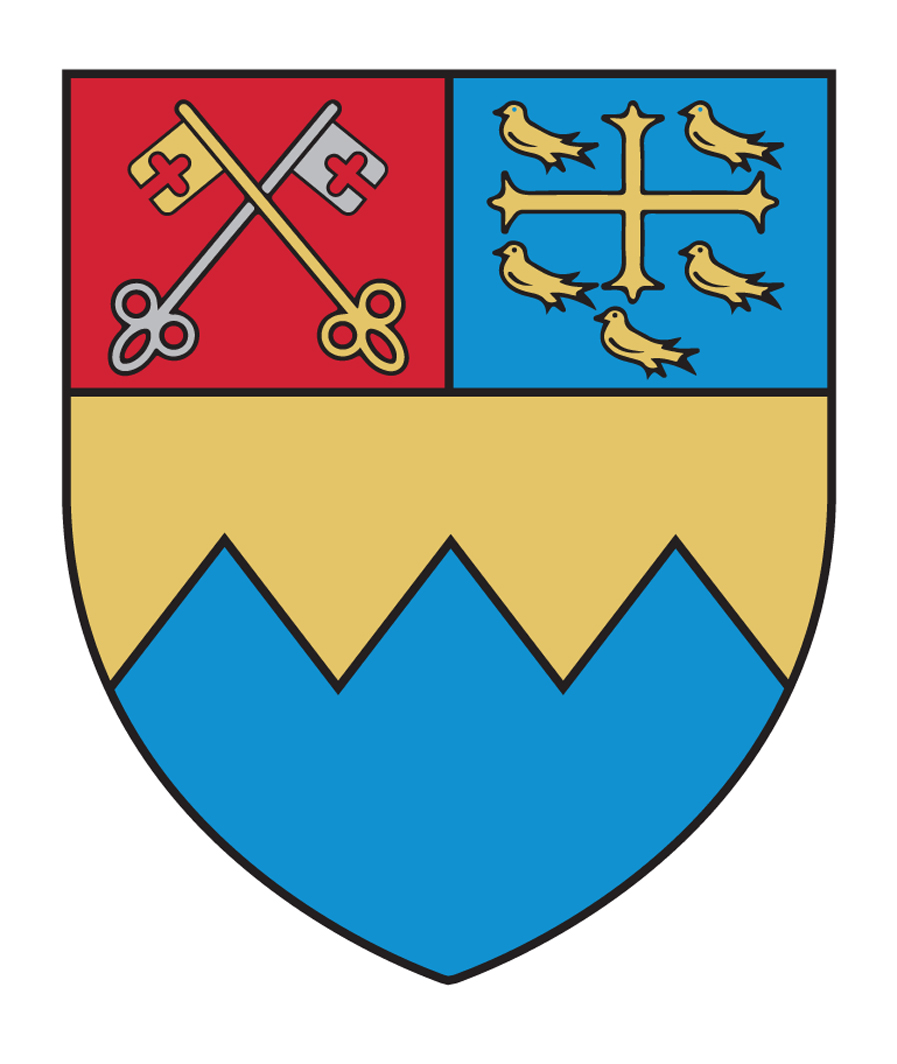|
Within our grounds are the remains of the first official orchard—a Lord Derby tree that is still producing fruit after more than a century—and other evidence can be seen on the banks below the road leading to Ampleforth village, where a few dozen large, 'standard' trees are still flourishing. |
 |
Fr Edmund's System
Fr Edmund, son of distinguished pomologist Sir Ronald Hatton, devoted lots of time in the late 1940s to establishing and tending to the trees. He introduced the East Malling row system in which trees are grafted onto dwarf rootstocks.
The entire harvest could easily be picked without ladders by planting the trees close together and keeping them low through pruning.
This system relies heavily on manual labour as each apple is picked by hand and really nurtured. Within time, fresh fruit became readily available everywhere else and the demand for apples decreased. The monks were therefore left with a up to 30 tonnes of apples a year and not much to do with them.

What happened next?
In the early 2000s, one member of the community had the idea to utilise the excess apples by making apple cider (which became a hobby for some of the monks).
Today, our orchard and Cider Mill are run by lay staff and supply to many local farm shops, pubs, visitor centres, for the benefit of the community.

Continuing Evolution
We've started removing the diseased and least productive trees to make room for new ones with a more vigorous rootstock and wider spacing.
In our orchard, we currently have over 70 different types of apples. Our replanting programme provides an excellent opportunity to highlight even more of our apple heritage. This will not only increase our product line and lengthen our season, but it will also help to futureproof our orchard, assuring a strong harvest - and a good supply of cider for many more years.
Although not certified organic, no chemicals are applied to are orchard and instead we use careful husbandry, selective pruning and by encouraging beneficial flora and fauna to flourish.
Small birds and mammals are now abundant, and where earlier the grass would have been closely mown and weeds sprayed away, it is now allowed to grow alongside the meadow flowers that live among it.



